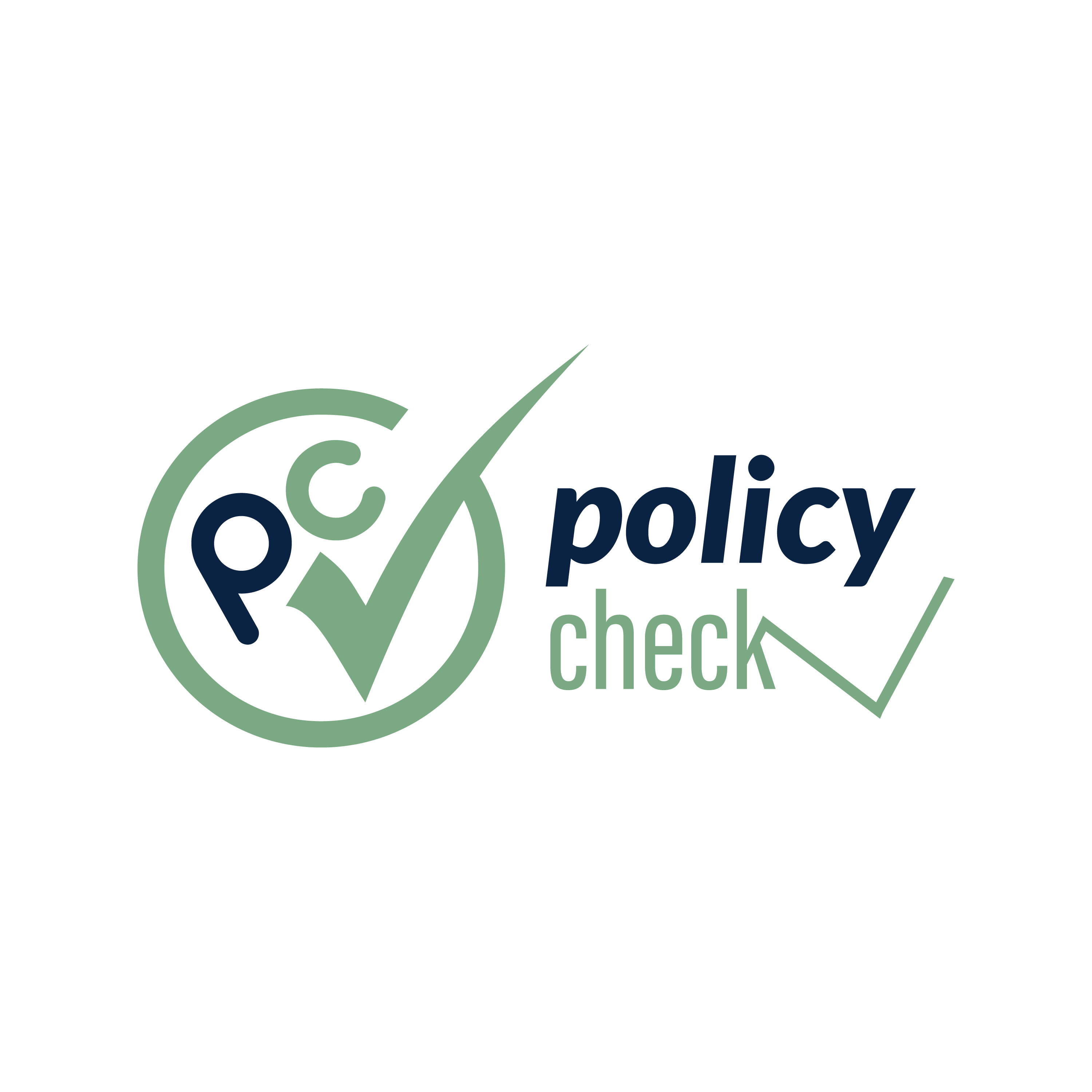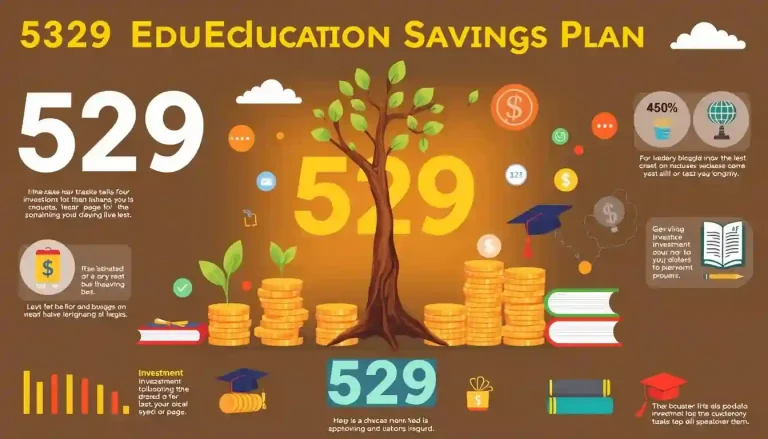The developments of cost of tuition fees and alternatives to paying for college out of pocket
Education is a capital intensive undertaking, and in this regard identifying the costs of higher learning programs is the first step towards planning for them. La vida universitaria, fro Fro los seguros estudiantiles a los gastos académicos como los matrículas, alojamiento, libros, y otros gastos generales no son una mina de oro.
Although there are probably more cheap offers among public universities, even they can be expensive without savings. Further, the fees are usually higher in the progams such as medicine, engineering etc. There other factors behind the increased cost of education are such as inflation and annual fee escalation. Starting with your child’s education or your own education you are in a better position to learn and estimate the total expenses for your education.
Schooling Goals: Clear and Concise
It becomes easier to structure your savings plan when there are certain goals in education to be met. Decide on the preferred course to pursue, the nature of college or school- public, private or vocational, and possible job prospects. For instance, studying locally may be cheaper than studying at an out of state or some other country university.
Clear goals also come in handy when you are identifying scholarships as well as other sources of funding. With a clear vision of what is desired for education one can work towards savings goals and values that are congruent with one’s financial capacity.
Developing a Budget to Save for Education
A good plan for your budget is necessary to help you meet your goal of setting aside money for education. The first step is always to look at your current income and expenditure to know how much money you can save per month. Employ tools such as the budgeting apps or tools to alert you on your types of expenses to avoid so that you can cut on. Spare a certain percent of your earnings for education saving and consider it as all-important expense. This way there is more control in the manner of input being made towards the achievement of the goal and hence makes the goal more realistic over time.
Exploring 529 Savings Plans
A 529 savings plan is one of the best ways of saving for tuition in the United States of America. These are the accounts that work more like retirement accounts in a sense that they offer some tax incentives and are aimed directly at paying for education costs – tuition, books, even a room and board if you will.
Donations are received without any interference from tax and funds withdrawn for qualifying purposes are also free from tax. Several states supplement the federal tax incentives by allowing an additional tax deduction or credit on contributions to the 529 plans. Considering such options earlier can help you cut costs more and cause you less worry in future times.
Using Scholarships and Grants
Scholarship and grants are some of the many aids which can be used to help cover the costs of college education. Unlike loans they are non-repayable and as such they can be used to manage or eradicate debt burden. It is now time to begin searching for scholarships granted based solely with the academic performance, performance in extra curricular activities, and any involvement in community activities. There are need based and merit based grants available with many organizations and institutions. Using itearly and frequently heighten your chances of obtaining this free money.
purchasing stocks in specially targeted Education-Specific mutual funds
Education-sector mutual funds can be a powerful tool for increasing your financial nest eggs. These are investment vehicles that combine money from various investors in order to spread the cash over various investment portfolios with the emphasis being on the long-run growth.
As with investment instruments, they attract better returns than regular saving accounts, but they are not risk free. Speaking with an advisor can assist you in making proper choices when it comes to fund and investment objectives. Several little amounts added over the years pay compound interest hence there education savings can grow to large amounts.
Utilizing the Custodial Accounts towards Funding Education
UGMA or UTMA accounts are the custodial accounts through which parents can save for the child’s education Expenses. These accounts provide choice in investment products such as common stocks, bonds and mutual funds. Although the money can be spent in any way, funding ensures education which will benefit your child in future. Lastly, do not forget that if you have a custodial account this will affect your chances of getting the financial grants.
Managing the Portfolio Risk and Rewards
Risk diversification is very important to education saving since it enable the saver to manage the risk reward ratio necessary for the achievement of his goal. The young parents can be willing to put their money in risky investment such as equities due to the fact that they can wait for long to have their losses in the stock made up.
When the time comes that you want to utilize the funds, early movement towards safer investment vehicles such as bonds or fixed deposits can also save your money. Investing in a number of different assets mean less risk and gradual improvement in asset value over time.
Advantages of Education Saving Scheme in Tax Perspective
Tax incentives are also other attractions of many education savings plans. For instance, a 529 plan plus a Coverdell Education Savings Account mean tax-free growth and tax-free withdrawals for qualified fees. Contributions are also sometimes deductible or tax credit in some states. Knowledge of these provisions can assist you in wisely investing your money and shore up your tax credit. You should speak with a tax advisor in order to take full advantage of all possible incentives.
Payday Loans and What Part-Time Work or Side Jobs Mean
There are opportunities to find a part time job or extra business so that could help even with saving for education. For students having a part-time jobs during high school or college enables the student to meet incidental expenses and therefore would require minimal loans. Parents also may find an opportunity to boost their earnings through the side jobs. It could be freelancing, online tutoring, or selling handmade crafts and many more. Some of these extra earning sources can be directly being invested into educational saving, which will help you move even faster towards your objectives.
Strategies for Reducing Learner Costs and Student Debt
To manage the student debt, therefore, one needs to be knowledgeable and aggressive right from the word go. Choose cheap schools whenever possible and focus on scholarships and grants whenever possible. Spend less, and this can be especially through special programs like 529 to save for your children andgrand mutual funds.
Check options for coverage through work-study and part-time jobs, which will help you shoulder certain expenses. Do not borrow unnecessarily due to unnecessary spending that is not within your financial means as a result of some impulse buying. It also takes into account two most important criteria – avoiding debts and being able to provide oneself with further finances after graduation.
Clinging, Updating, and reconsidering your educational savings strategy
Dedicating time to review your education savings plan helps you discover that you are on track or off from your goals. Situational changes like income changes, or change in costs of education also entails changes. Check your investments and see how they are doing and maybe shift your funds to more promising investment. The development of these checklists ensures that your plan is on the right direction and you can deal with shortfalls before they cause major stress to your budget towards the end of a project.
Conclusion
Education saving is not just about planning to invest for the future, not only about saving diligently, but more so about making the right investment decisions. Of course, goal setting is when you know all the costs and choose the instruments such as 529 plans, scholarships, mutual funds, and many more you can get a successful and financially protected future. My sincere advice is to embrace the key of regularly reviewing and making intelligent changes to the plan so that the accomplishment of educational goals for either the child or the parent turns out to be a certain thing.
FAQs
Q: What is the best way to begin to start saving for education?
A: First, identify the expenses of implementing and achieving project objectives. Save in a separate savings account, for instance, a 529 plan and save for the child consistently.
Q: Is there an easy way to get Scholarships and Grants?
A: But the competition is stiff, and hard work, and early submission gives you a ticket to the preferred institution. Make your applications unique to the various eligibility requirements.
Q: How does the concept of part-time employment influence the students’ performance?
A: Juggling the job and college education is important. Opt for the flexible jobs that should allow you complete the academic success at preferred time.
Q: When should I revisit the plan I have created for my child’s education savings?
A: Periodically check your plan at least once a year or when experiencing changes in your life.
Q: Is the 529 plan the only available tool for education savings?
A: The other choices are mutual funds, custodial accounts, and Coverdell Education Savings Accounts; each has its advantages and constrains.








